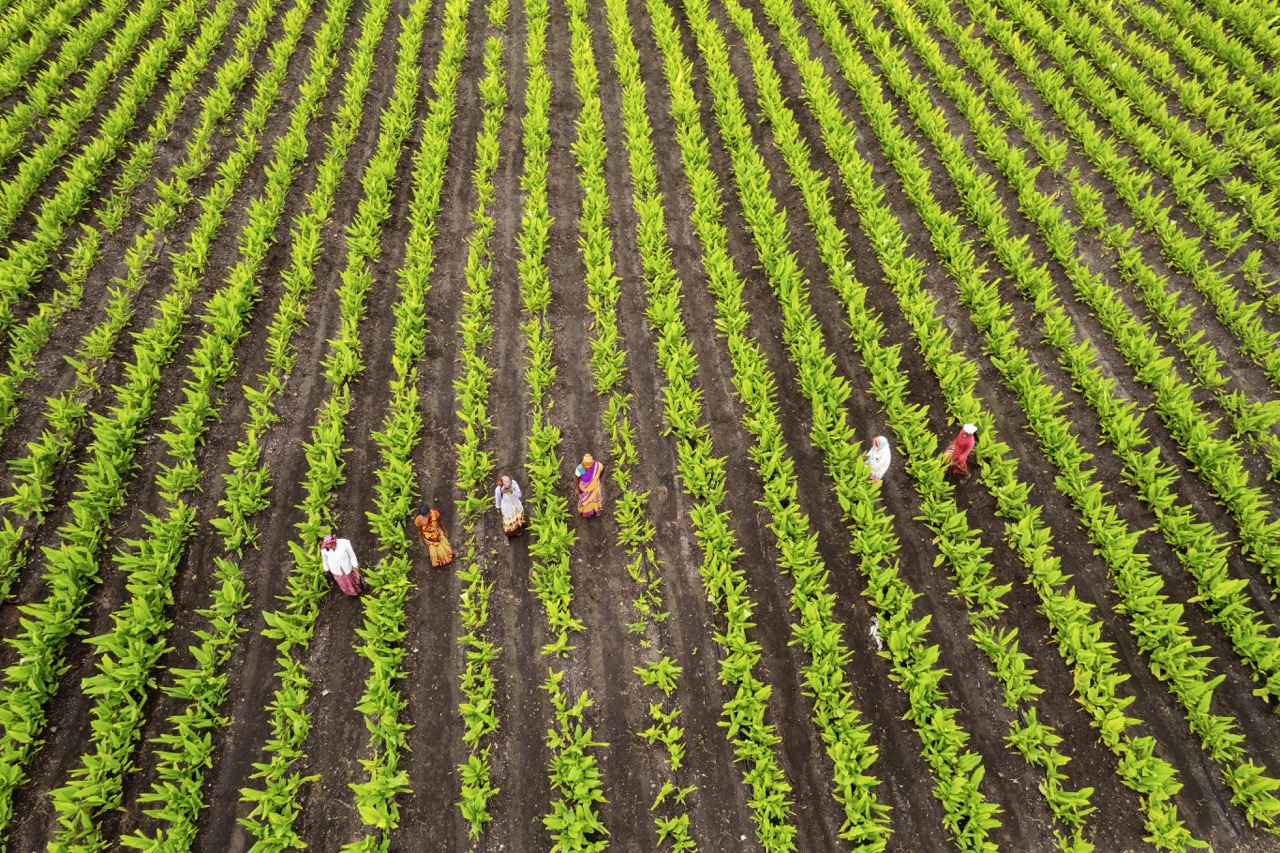Sharecropping, a system of agriculture where landowners lease land to tenants in exchange for a portion of the crop yield, has a long and complex history. This arrangement can lead to significant benefits for both parties, but it is not without its challenges. Disputes and conflicts often arise over issues such as land use, crop sharing, and financial responsibilities. Understanding how to effectively handle these disputes is crucial for maintaining a harmonious relationship between landowners and sharecroppers. This article will delve into the intricacies of sharecropping agreements, explore strategies for preventing conflicts, emphasize the importance of communication, and outline legal options available for resolving disputes.
Understanding Sharecropping: Basics and Common Conflicts
Sharecropping is a unique arrangement that emerged from historical contexts, particularly in the Southern United States post-Civil War. In a sharecropping agreement, the landowner provides land, tools, and sometimes seeds, while the tenant is responsible for the cultivation and harvesting of crops. The profits are typically split, with the sharecropper receiving a percentage of the yield. However, this seemingly straightforward system can lead to a variety of conflicts, primarily related to crop distribution, the quality of land, and the financial responsibilities of each party.
Common conflicts in sharecropping agreements often stem from miscommunication or misunderstanding regarding the terms of the contract. Disagreements may arise over what constitutes a fair share of the crop, the quality and maintenance of the land, or additional expenses, such as those related to fertilizers or pest control. Additionally, seasonal fluctuations can impact crop yields, leading to disputes over compensation and responsibilities. Such conflicts, if left unresolved, can jeopardize the financial viability of both parties and affect their long-term relationship.
Understanding the root causes of these disputes is essential for both landowners and sharecroppers. By identifying the specific issues that commonly arise within sharecropping agreements, both parties can be better equipped to navigate potential pitfalls. This understanding fosters a more collaborative environment, allowing for proactive measures to be taken to prevent disputes before they escalate into more serious conflicts.
Key Strategies for Preventing Dispute in Agreements
Preventing disputes in sharecropping agreements begins with creating a clear and comprehensive contract. Both parties should take the time to outline the terms of the agreement in detail, covering aspects such as crop allocation, responsibilities for maintenance, and any financial arrangements. A well-structured contract serves as a reference point in case of disagreements, ensuring that both parties have a mutual understanding of their commitments and expectations.
Another effective strategy is to engage in regular communication between the landowner and the sharecropper throughout the growing season. Establishing a routine check-in schedule can help both parties discuss any concerns or changes that may arise. Open lines of communication can prevent potential issues from escalating into disputes, fostering a sense of collaboration and shared responsibility. This ongoing dialogue can also build trust, which is vital in maintaining a successful sharecropping relationship.
Finally, incorporating a dispute resolution clause in the initial agreement can provide a roadmap for handling conflicts should they arise. This clause should outline the steps both parties agree to follow if a disagreement occurs, whether through mediation, arbitration, or another method. By agreeing on a structured process to address disputes upfront, landowners and sharecroppers can avoid the stress and costs associated with litigation, ultimately preserving their working relationship.
Effective Communication: Resolving Conflicts with Clarity
Effective communication is the cornerstone of any successful partnership, and sharecropping agreements are no exception. When conflicts arise, it is vital for both parties to engage in open and honest dialogue. This involves not only expressing grievances but also actively listening to the other party’s perspective. By fostering a culture of respect and understanding, both landowner and sharecropper are more likely to reach a satisfactory resolution.
Clarity is also essential in communication. Misunderstandings can easily occur, especially when discussing technical terms or financial arrangements. Therefore, it is important to clarify any ambiguous language in the contract and confirm mutual understanding. Utilizing written communication, such as emails or recorded messages, can help ensure that all parties are on the same page. This documentation can serve as a reference in case of future disputes, reducing the likelihood of further misunderstandings.
In addition to addressing immediate issues, effective communication can also pave the way for ongoing collaboration. Regular updates regarding crop conditions, market trends, and financial health can enhance mutual trust and foster a more cooperative environment. This proactive approach not only helps in resolving current conflicts but also serves as a preventive mechanism, making it easier to address challenges as they arise in the future.
Legal Options: Navigating Disputes in Sharecropping Deals
When disputes escalate beyond what can be resolved through communication and negotiation, legal options may become necessary. The first step in this process is to review the sharecropping agreement to determine the specific terms regarding dispute resolution. Many agreements include clauses that specify how conflicts should be handled, whether through mediation, arbitration, or litigation. Understanding these terms can guide both parties in choosing their next steps.
If informal negotiations fail, mediation can be a viable option. This process involves a neutral third party who helps facilitate a discussion between the disputing parties, aiming to reach a mutually agreeable resolution. Mediation can often be less costly and time-consuming than litigation, making it an attractive option for those involved in sharecropping agreements. The goal is to find a resolution that satisfies both parties while preserving their working relationship.
In cases where mediation does not succeed or is deemed inappropriate, litigation may be the final resort. This process involves taking the dispute to court, where a judge will make a binding decision. However, litigation can be lengthy and expensive, making it essential for both parties to consider whether such a course of action is truly necessary. Exploring alternative dispute resolution methods or seeking legal counsel can help parties navigate the complexities of the legal system while protecting their interests.
Disputes in sharecropping agreements can create significant challenges for both landowners and sharecroppers, but they are not insurmountable. By understanding the basics of sharecropping, implementing preventive strategies, communicating effectively, and knowing the legal options available, both parties can navigate conflicts with greater ease. A proactive approach to conflict resolution not only preserves individual interests but also fosters a more productive and harmonious working relationship. As the agricultural landscape continues to evolve, adapting these strategies will be essential for the sustainability and success of sharecropping agreements.










